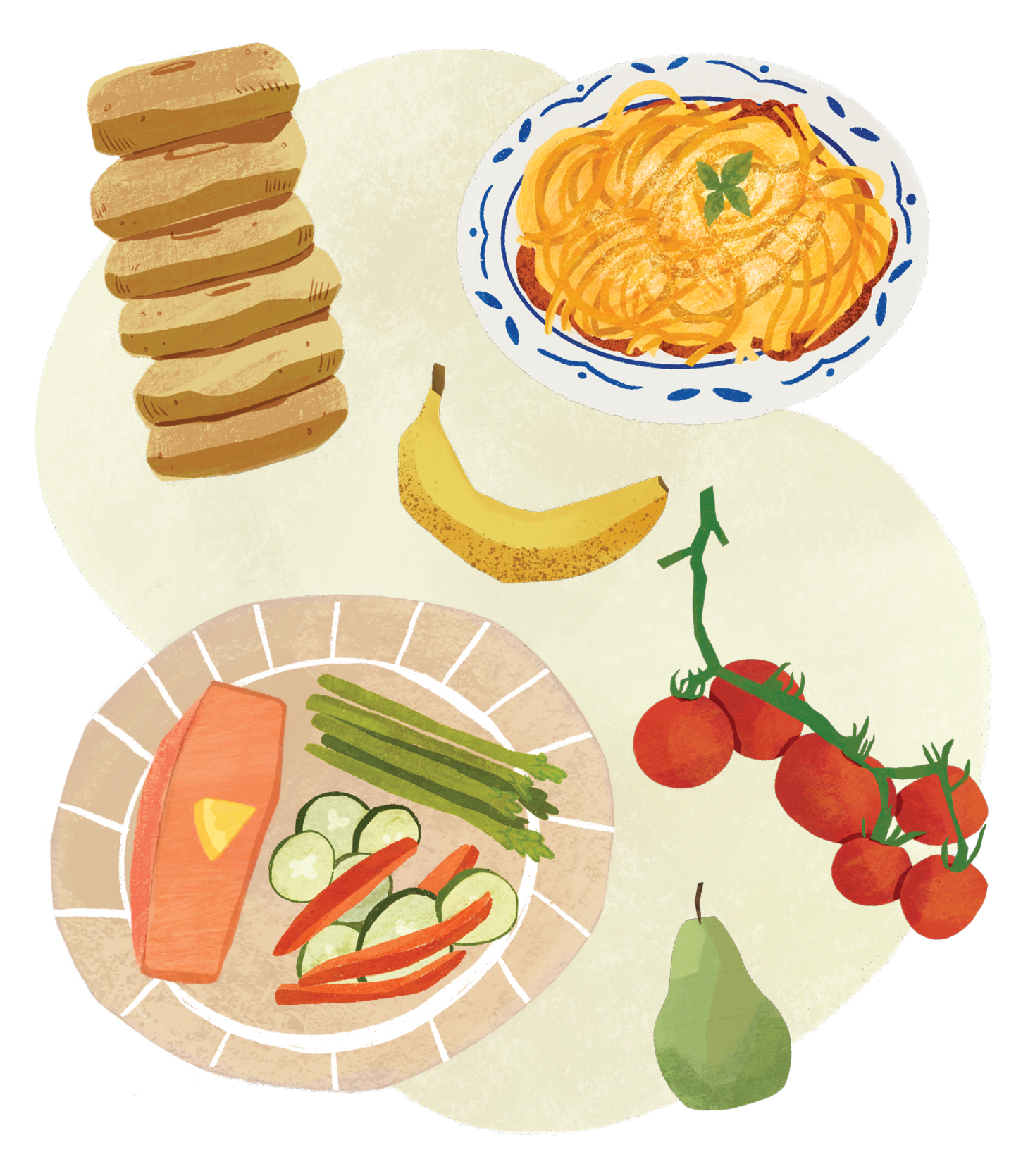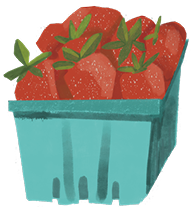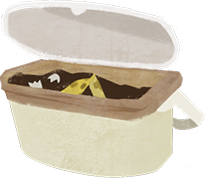
It’s rare to find an organization actively working toward its obsolescence, but for Second Harvest CEO Lori Nikkel, that’s the goal.
Second Harvest is Canada’s largest food rescue organization. Since 1985, the registered charity has worked doggedly to make its vision of “No Waste. No Hunger.” a reality, but it’s up against considerable odds. Almost 47 percent of all food produced for Canadians is wasted annually — 8.83 million tonnes of edible food — while 8.7 million Canadians experience food insecurity.
To combat this issue, Second Harvest connects charities and non-profits to businesses across the supply chain that have a surplus of nutritious, edible food. Anything from a few trays of sandwiches to truckloads of milk can be rescued and redistributed through the Second Harvest Food Rescue App or its direct delivery program.
Their efforts pay off — just last year, Second Harvest rescued and redistributed over 87.1 million pounds of food, supporting an estimated 6.5 million Canadians. But while Second Harvest began by simply rescuing food, Nikkel says its mission has grown substantially in the last 10 years.
“We used to say, ‘We’re a food rescue organization,’ but that’s just one of the pillars,” she explains. “We are a research organization, we are a food rescue organization, we are a training and education organization, and we are an advocacy organization. We’re trying to change the food system and how companies, industry and individuals are looking at food waste.”
The Challenge of Food Waste
To fight food waste, you have to understand why it occurs. However, when Nikkel first tried to investigate the data, she found that it didn’t exist.
“There was no Canadian research,” she says. “It was a small charity called Second Harvest that said, ‘OK, let’s figure this out. Let’s get funding, and let’s determine how much food is actually being wasted in Canada.’”
With that, Second Harvest became a research organization. In 2019, they partnered with Value Chain Management International to publish The Avoidable Crisis of Food Waste, the first report to examine the scope, scale, and cost of food waste in Canada.
The report provided a sobering look at Canada’s food waste problem and also painted a clearer picture of where it occurred. Rather than a single broken link, food waste was caused by fractures across the entire food supply chain. Fixing the problem would require more than just food rescue; federal policy needed to change.
In October 2024, Second Harvest released an update to the first report, which found that while some progress was made (total food waste decreased from 58 percent to almost 47 percent), avoidable food waste had increased by 6.5 percent.
For Nikkel, “it’s not enough. It’s not fast enough.”
Millions of tonnes of food are wasted while millions of Canadians struggle to access the food they need. Food waste is also a significant contributor to climate change, responsible for 8-10 percent of greenhouse gas emissions — four times more than the aviation industry.
Food in a landfill releases methane gas, which is 80 times more harmful to the environment than carbon dioxide in the first 20 years it is released. These emissions add up, especially considering how long it takes food to break down in landfills. Buried under trash and deprived of oxygen, a single head of lettuce can take up to 25 years to fully decompose.
Best Before Doesn’t
Mean Bad After
Follow these tips to bust best-before-date myths and get the most out of your groceries.

Store food properly:
Avoid keeping perishables (like milk) in the fridge door; use the cold, lower shelves instead. Use crispers to keep veggies crunchy, and be aware that some fruits, like apples and bananas, produce ethylene, which makes other produce ripen faster.

Use common sense(s):
Many foods are safe to eat weeks or months after their best-before date, so use your senses to determine if your food is still good. Don’t eat food that smells “off,” looks rotten, or has mould.

The freezer is your friend:
If you have food on or approaching its best-before date, popping it in the freezer can extend its shelf life.

Skip the trash:
By throwing food into the compost bin instead of the garbage, you’ll create nutrient-rich soil instead of methane gas emissions.
Hungry for Change
Second Harvest is pushing for the Canadian government to change food grading systems and best-before dates to reduce food waste and prevent climate catastrophe.
Grading systems outline the standards food must meet before being sold to consumers. Some of these standards are necessary for consumer safety. Others, like those governing the size, shape, and colour of produce, are mainly cosmetic, designed to maintain uniformity. This causes food waste when perfectly edible produce is discarded for its less-than-perfect appearance.
Even when food does make it to grocery store shelves, it doesn’t always end up on the dinner table. Widespread confusion over best-before dates causes unnecessary waste by well-intentioned consumers, which is why Nikkel says they are “outrageous, often arbitrary, very conservative, and on millions of products that don’t require them.”
Expiry and best-before dates are often treated interchangeably but have notable differences.
Only five products in Canada are required to have expiry dates due to their vital nutritional content: infant formula, meal replacements, nutritional supplements, liquid diets and prescription low-energy foods.
However, best-before dates are only required on products with a shelf life of 90 days or less, like milk, meat, or eggs. In most cases, best-before dates refer to the quality of the food rather than its safety. Some foods — like canned beans, dried pasta, and peanut butter — can be safely consumed years past the best-before date.
‘Charities Exist Where Policy Doesn’t’
Second Harvest’s efforts have significantly reduced food waste in Canada, but Nikkel questions why this responsibility has fallen to a non-profit organization.
In 2015, Canada adopted the United Nations Sustainable Development Goals. Target 12.3 includes a commitment to cut food waste in half by 2030. Yet, after 10 years, Canada has made little headway toward this goal and still lacks a comprehensive method of measuring it.
Second Harvest wants to see federal policies that mandate food waste measurement at all levels of the supply chain, set industry targets, and monitor target progress. Until Canada steps up, Second Harvest will continue to fill in the gaps.
“Charities exist where policy doesn’t,” says Nikkel. “We shouldn’t exist. As a charity executive, I don’t want to run a charity. I will, but I’d much rather solve the problem and close the charity.”
From Farm to Table—and Back Again
Eliminating waste allows food to follow its natural cycle: growing from the earth, providing nourishment, and then returning to the earth to feed new growth — an impossible feat when food is yanked from the cycle and buried in landfills instead.
Second Harvest hopes that combining individual efforts with legislative policy will eliminate food waste, fight climate change, and ultimately, make their organization redundant. After all, Nikkel has already seen the ideal food cycle at Second Harvest, albeit on a smaller scale.
“We get food from an organic farm called Pfenning’s,” she shares. “They give us bins of produce, we sort through the bins, and whatever isn’t viable to eat goes right back to Pfenning’s. They turn it into compost, which they use to grow their produce and send back to us…That’s the circular economy, where food is eaten or goes back to the land. It should never be going to the landfill.”
Visit SecondHarvest.ca/research to learn more about food waste and how to fight it.







